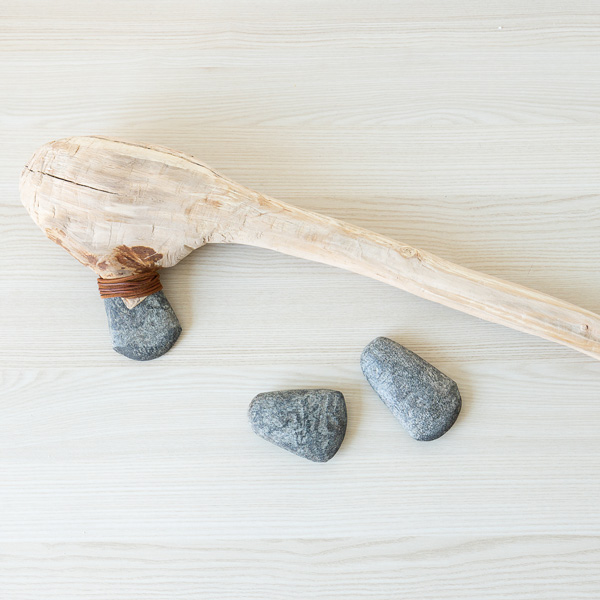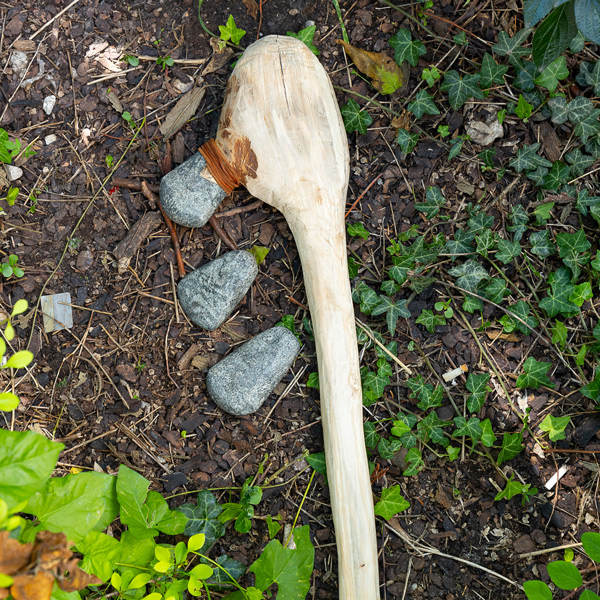Finds from the two important World Heritage sites Göbekli Tepe and Çukuriçi Höyük in Turkey served as models for the replicas used for the experiments. Laura Dietrich, archaeologist at the Austrian Archaeological Institute (OeAI) of the Austrian Academy of Sciences (OeAW): "Grinded stone axes were invented in the early Neolithic period around 9,600 to 8,000 BC in Southwest Asia. They enabled one of the greatest changes in human history: the transition from hunting and gathering to agriculture and animal husbandry. With axes, people were able to clear large areas for farming and to build permanent settlements with massive wooden architecture for the first time. The new way of life was so successful that it spread to Europe from 6,500 BC onwards."
Valuable raw material greenstone
While Neolithic tools are often made from locally available rocks, a group of axes made from greenish rocks stands out in Southwest Asia. The raw materials for these were transported at enormous expense over long distances, sometimes several hundred kilometres, without wheels or wagons. These tools were not disposed of when they broke. They were so valuable that they were repaired again and again, reduced in size and partly punched and made into jewellery.
Three experiments to clarify the function of the greenstone axes
For the first time, axes made of greenstone are being used for the experiments at MAMUZ Schloss Asparn/Zaya. Laura Dietrich: "We know that the greenstone axes were used, but not for what purpose or for how long. It is unclear whether they were only used for special activities, for example in the ritual field, or also for ordinary work. I would like to get to the bottom of this question together with the students through three experiments. In one experiment a dead pig will be cut up, in a second a T-shaped pillar will be hewn from a block of limestone and in the third a tree will be felled." The results are not known yet.
High-performance microscopes make trace patterns visible
Today, archaeologists can prove the functions of stone axes and other tools with top technologies. High-performance microscopes reveal characteristic patterns of traces, which result from felling trees, carpentry work, cleaning animal skins or slaughtering animals. Experiments are needed to interpret these trace patterns. Laura Dietrich has developed a method that will be used for these experiments: Neolithic tools will be replicated using prehistoric techniques, put to use and then examined for the traces. 3D models of replicas and originals will be made and compared on the computer with the help of AI-supported programs.
The archaeological experiments not only serve to educate students of the Department of Prehistoric and Historical Archaeology at the University of Vienna, but the data collected also flows into a new research project that will start in autumn. The aim is to develop AI-supported software that can recognise which axes were used, for how long and for which activities.
Looking over the archaeologists' shoulders
Visitors to MAMUZ Schloss Asparn/Zaya can observe the work of the researchers and students during the scientific experiments and watch how the process is documented, recorded and the objects are captured using 3D scanning.





